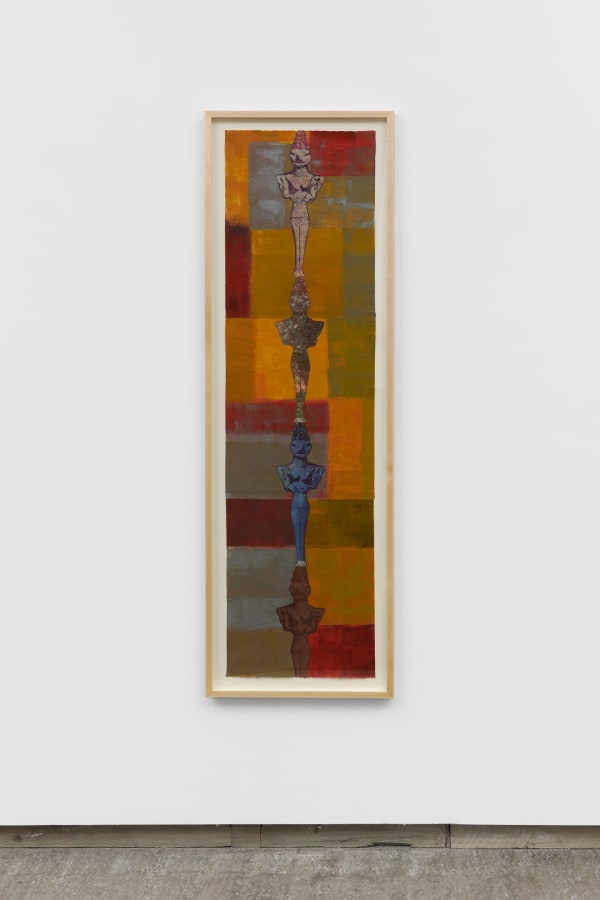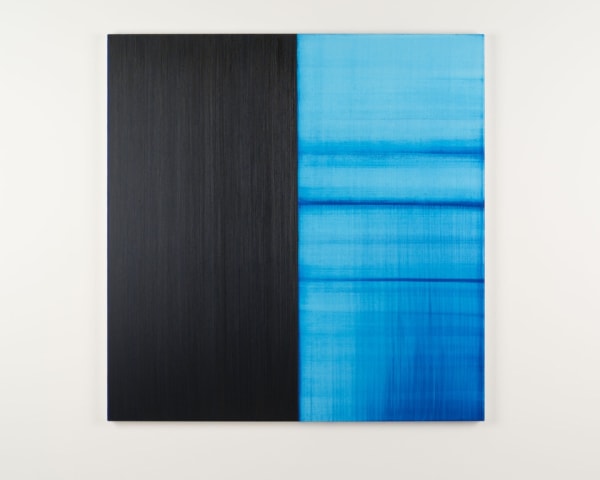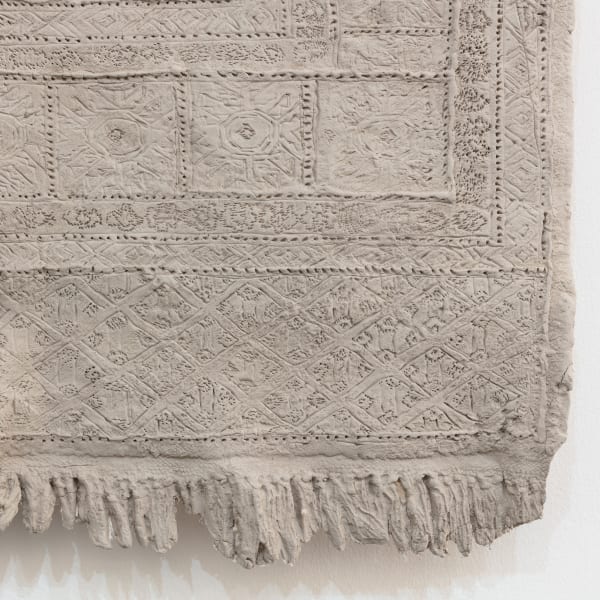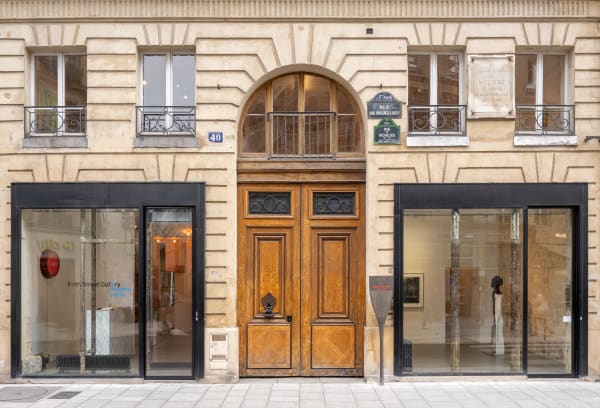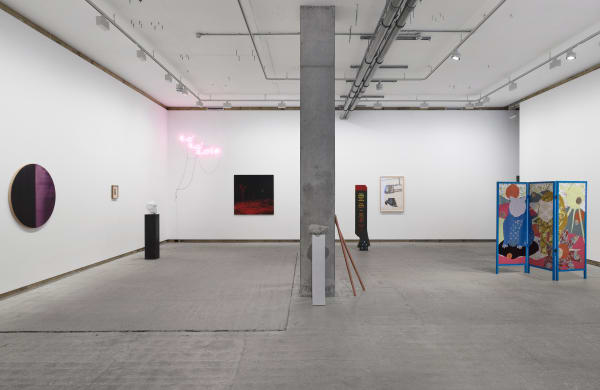Nancy Spero
‘Gathering all this information about women, being madder than hell, realizing further my status as a woman, I decided to make Woman the protagonist, to depict her as liberated, even if I know this isn’t really the case.’
Throughout five decades of radical engagement as an artist and activist, Nancy Spero (1926–2009) placed the lived female experience at the heart of her practice. In the 1950s and early 1960s, while living in Paris, Spero painted a series of dark and elegiac canvases. Returning to America in the mid-60s, she rejected oil-on-canvas painting for being too ‘heroic’ and her work became more political. Her War Series (1966–70) challenged both the political orthodoxies of the era and the horrors of the Vietnam War, while her Codex Artaud (1971–72) were, in her own words, ‘acts of revolt. A literal sticking my tongue out at society’. During the 1970s she focused on representing the full gamut of women's experience through history, creating epic works that she described as 'ephemeral monuments'.
From the late-1960s, Spero often employed language across her oeuvre, but in the 1980s she decided that the image itself is a kind of hieroglyph, already inscribed with language. For the last period of her life, she developed a pantheon of about 300 figures – from joyful, liberated athletes and dancers to victims of violence, drawing on the iconography of ancient goddesses from Egypt, Greece and the Celtic world alongside media imagery. Combining these figures from various cultures in a range of handprinted collages and installations, Spero aimed ‘to represent woman as protagonist and hero’.
Nancy Spero: Collaboration, 2012
From Art21’s Extended Play series
Video courtesy Art21, art21.org, founded 1997
-

Art Basel 2025
Halle 2.0 Booth C7 17 Jun 202519–22 June 2025 Messe Basel, Messeplatz 10 We look forward to welcoming you to Art Basel where we will show works by gallery artists, Małgorzata...Read more -

Frieze Week 2022
11–15 October 11 Oct 2022Thursday 13 October 6–8pm Frieze West End Night | West End Gallery HOP! | Finissage Event During the week of Frieze London both gallery spaces...Read more -

Nancy Spero
Artist Talk at Frith Street Gallery, Golden Square 22 Sep 2022Thursday 22 September 5–6pm Join us on Thursday 22 September before the opening of Nancy Spero: Dancers & Goddesses for an informal conversation with Jon...Read more -

Nancy Spero & Leon Golub
Collection Display at Tate Modern, London 4 May 2022A collection display of work by Leon Golub and Nancy Spero is now open at Tate Modern, London. Sharing a living and working studio for...Read more
-

Words and Images
Online Viewing Room 25 Jan 202225 January–27 February 2022 To mark Shilpa Gupta’s links to language and poetry, exemplified by her large-scale sound installation For, In Your Tongue, I Cannot...Read more -

Nancy Spero
Acts of Rebellion at Lillehammer Art Museum, Norway 12 Sep 202012 September 2020–24 January 2021 This retrospective exhibition was organised by Museum Folkwang, Essen, where it debuted in 2019 before travelling to the Nordic Watercolour...Read more -

Now Representing the Estate of Nancy Spero
1 Jun 2020Frith Street Gallery is now representing the Estate of Nancy Spero, in collaboration with Galerie Lelong & Co. and The Nancy Spero and Leon Golub...Read more
-

Frith Street Gallery le Molière
10 - 26 Oct 2025Frith Street Gallery is coming to Paris this autumn. To coincide with the art fair weeks in London and the French capital, we are delighted to announce a special pop-up...Read more -

Gallery Summer Show
Alliances 5 Jul - 9 Aug 2024 Golden SquareFrith Street Gallery is delighted to present Alliances , a summer exhibition. This eclectic and playful show presents pairs of works by different gallery artists. The connection between the two...Read more -

Nancy Spero
Dancers & Goddesses 23 Sep - 5 Nov 2022 Golden SquareRead more

